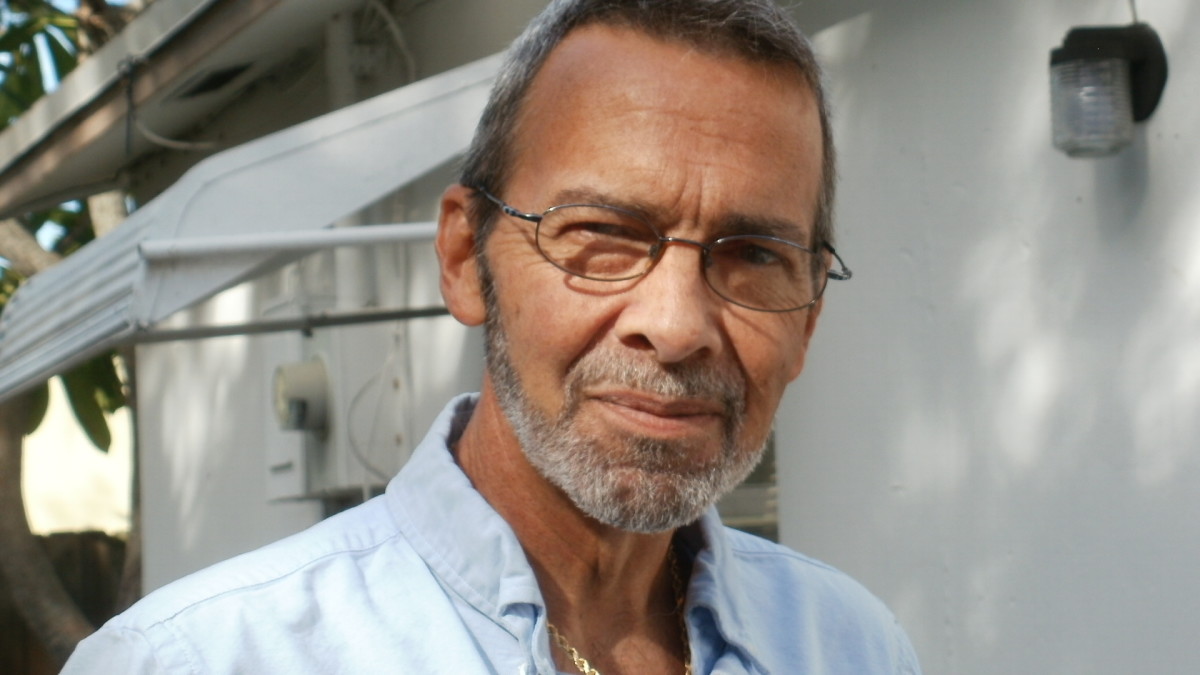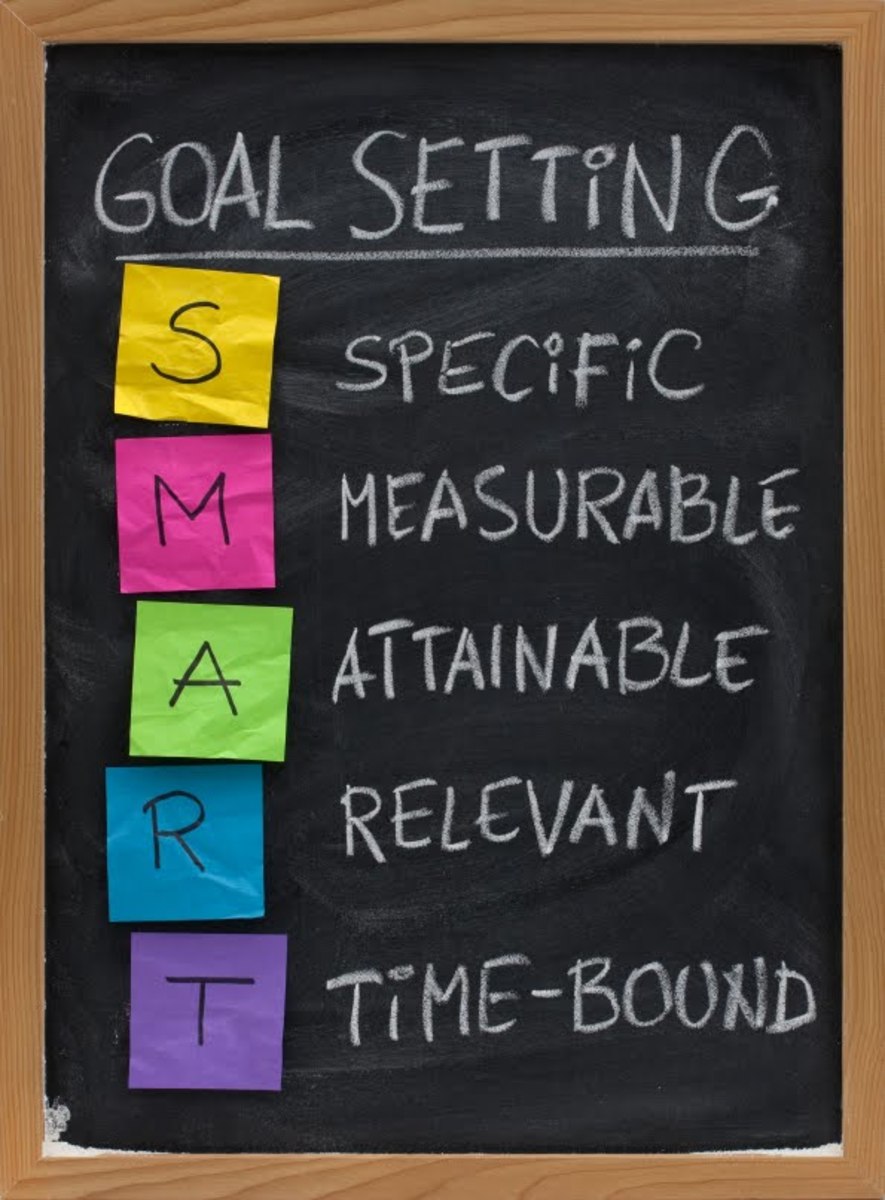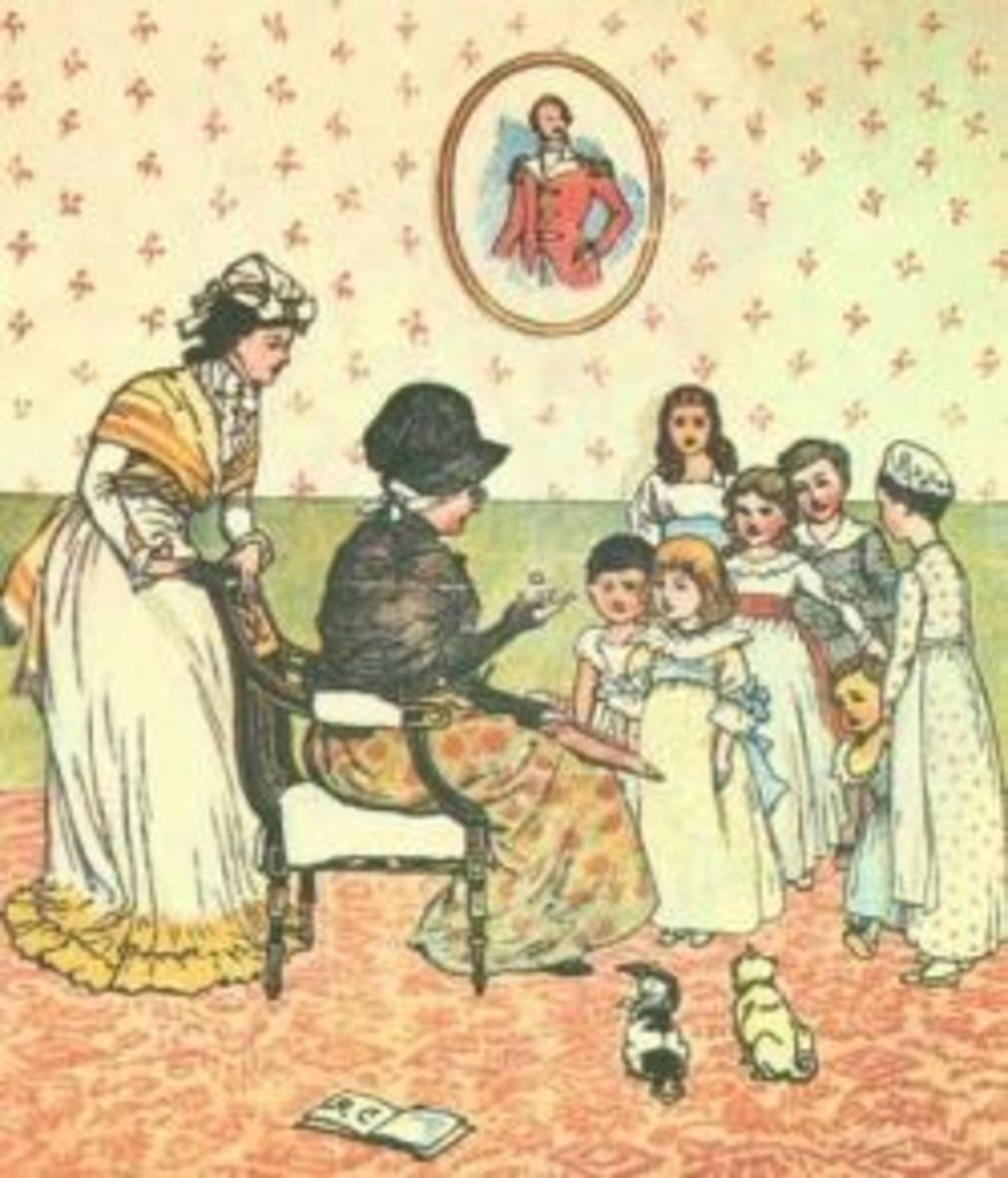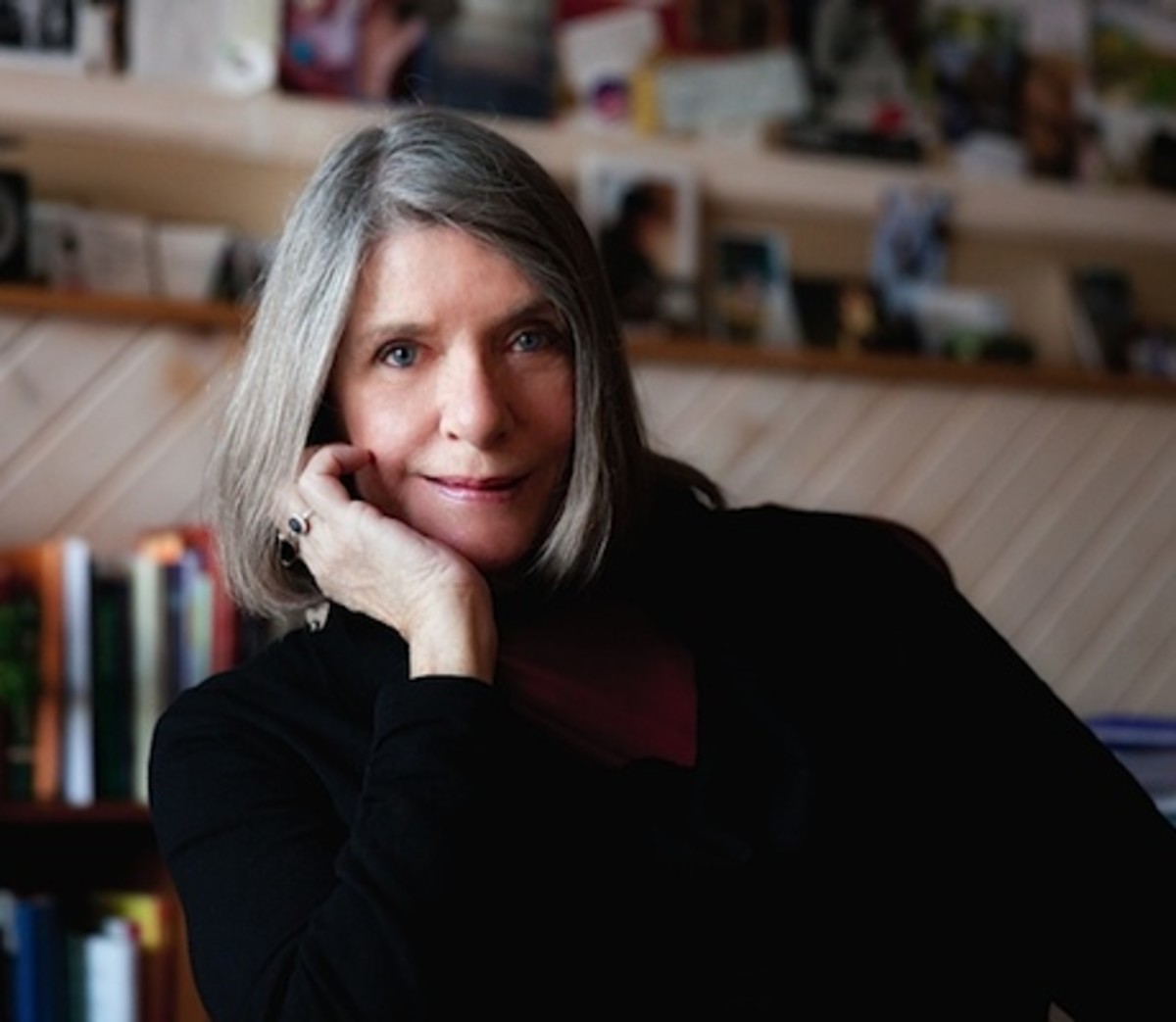How to Finish Your Artistic Project Like a Songwriter: An Artist's Guide to Completing a Creative Piece
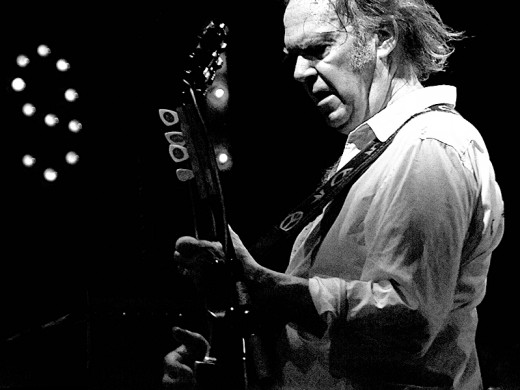
This piece is part 4 in a 5 part series about the creative process from an artist's perspective. For part 4, on editing and revising your work, click here. Or, click here to start from the beginning.
You are an experienced artist; you know how to start your work, know how to find inspiration, the importance of editing, and all the other things you need to do to create great pieces of art. But sometimes, no amount of experience or knowledge can make it easier to finish your creative works. Stepping away from a project and calling it "done" can be one of the hardest things to accomplish as an artist. In this guide, I will share my three easy steps to completing your creative pieces, using the process of a songwriter as an example.
My Original Work
- Originals | Cass's Corner
Visit my website to hear my original songs.
I consider myself an artist, and the medium in which I am the most experienced and developed is songwriting. As a songwriter, ending the creative process is important: it is possible to polish and re-write and re-work a song forever, but if that is your approach you won't have very much success in the field, and your work likely won't be the better for your insistent micro-tweaking. My strategies on how to finish a song are simple and straightforward, and easily adaptable to any artistic medium. Below are my three steps to follow to complete your artistic pieces. I will examine each in detail using the example of a (demo quality) EP of love songs I recorded last yeas as an example.
- Remember where you started.
- Step back.
- Push yourself to your limits.
Remember Where You Started
Before you got started on your artistic journey and started the creative piece you are trying to wrap up, you likely had an idea of what you wanted to do and what you wanted to say. So remember that; take yourself back tot he mindset you were in when you started your piece. If you have a clear idea of what you were trying to accomplish with your art it will be a lot easier to decide if you are done, and to make minor tweaks where necessary in order to bring your piece in line with what you intended for it to be. If you find that your piece is saying and doing different things than you originally intended, this may not be a bad thing, or it may be time to go back to the revisions stage and do some adjusting.
Sunset Lullaby
In writing my song "Sunset Lullaby," I had a particularly difficult time in stepping away from the project. I had to constantly remind myself that I was writing something calming, simple, and intentionally sleep inducing. It was incredibly tempting to keep adding vocal layers, spruce up harmonies with wider instrumentation, and make the composition sound fuller, but by reminding myself what I was originally trying to create, I was able to complete a better piece.
Step Back
In every point in the creative process, stepping back and looking at your work with fresh eyes is important, but nowhere is this task more critical than in the final stages of making art. If you have edited and revised your piece until it feels done, step back for a moment and let it sit. Go for a walk, drink a glass of wine to celebrate your creative journey. Most importantly, don't think about or play with or touch your creative piece. Just let it breath. By doing so, you give yourself the opportunity to return to your piece with a fresh perspective, and you are more likely to be honest with yourself as you approach the final step of finishing your creation.
You, Pt. 2
When I wrote "You, Pt. 2," I had so much to say that revising the piece was becoming unwieldy. After days of editing down lyrics and feeling unsatisfied with arrangements, I had something I felt decent about, and forced myself to step back and let the song breathe. When I came back to it, I decided to scrap the whole thing and split it into two tracks (you can hear Pt. 1 on my website). Only by stepping back was I able to end up with something I felt satisfied with.
Push yourself to YOUR limits
After you have reflected on what you were trying to create with your piece, and stepped back to let it breathe, it is time to get honest with yourself about the quality of your work. Does the artistic piece you are so close to finishing demonstrate your ability well? Is it the best you can do with your skills, experience, and resources? If not, is there a good reason why you aren't putting out your best work? Notice: I stress that your piece should reach YOUR potential. I am not the songwriter that Neil Young is, and if I held everything I tried to write to his standard of brilliance I wouldn't finish anything. That being said, be honest with yourself, and push your limits. Art should be progressive; you should be growing in the quality fo your artistic output, and you won't do this if you don't push your limits.
Sunshine Lady, Springtime Baby
In writing "Sunshine Lady, Springtime Baby," I pushed my wordplay and lyrical abilities by being sure that every line met a very specific rhyme and syllable pattern. Countless times, I returned to the drawing board when I thought the song was finished because I noticed a place where I could improve my lyrics slightly and reach my lyrical best. By doing so, I ended up with one of the catchiest and most fun songs I have ever written. I could have called it done plenty of times, but only by pushing yourself and returning to the revision stage when needed will you put out your best work.

It IS Easier than You Think
Completing your artistic project can feel daunting. The creative process requires you to put your heart and soul into something, and it can feel very hard to call your work done and move on. But think back to Neil Young, or Bob Dylan, or any other songwriter with an extensive and impressive catalog like theirs. At some point, these songwriters have to call their work done and move on to the next project.
Continued micro-adjustment often leads to worse rather than better products. Nothing needs to be perfect; your art should be the best thing you can produce, but it isn't going to be flawless. By following the three easy steps above, you will have the chance to explore new projects, and keep creating new things. Remember what you were trying to create: does this piece accurately represent the statement you were trying to make? If not, go back to the revision stage. Step back: let your piece breath! This will allow you to return to it with an open, honest mind. And finally, do your best work: your art isn't going to look like anyone else's, and may objectively just not be as good, but it should be your best effort. If it isn't, return to the revisions stage.
It's as easy as that! Don't over complicate things. Follow those three steps so you can create even more, and finish your artistic project like a songwriter!





